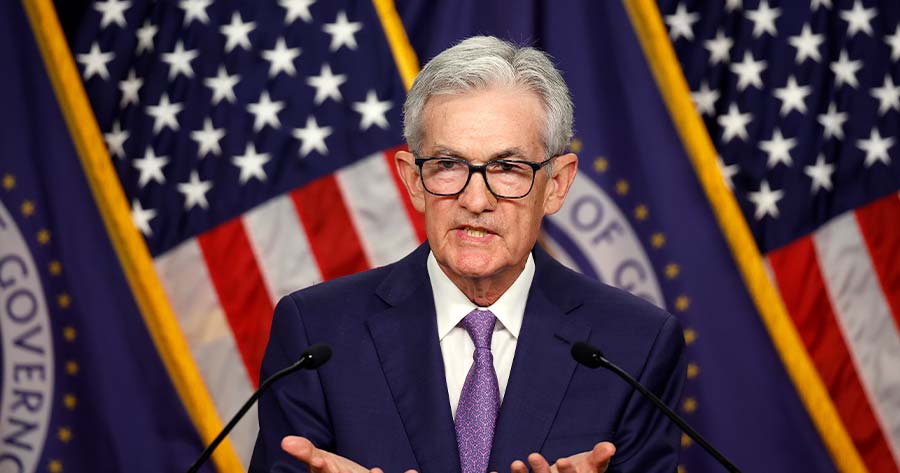Federal Reserve Chair Jerome Powell indicated on Tuesday that the central bank is moving toward ending its reduction of bond holdings, and showed openness to further interest rate cuts as labor market conditions weaken.
Addressing the National Association for Business Economics conference, Powell outlined that the Federal Reserve is nearing its target for so-called “ample” reserves—the level at which banks have sufficient funds for normal operations—suggesting that their balance sheet reduction program could wrap up within the next several months. While he did not provide a precise date, Powell emphasized the Fed’s ongoing efforts to closely monitor market indicators before finalizing the decision.
Turning to monetary policy, Powell alluded to the challenging balance the Fed faces: acting too quickly on rate cuts could leave inflation unaddressed, while waiting too long could unnecessarily damage the employment market.
He noted that the latest data since the July meeting clearly show a notable slowdown in the labor market, bringing the risks of inflation and job losses into closer alignment. These comments echoed recent statements from other Fed officials highlighting that labor market weakness has taken on greater importance in debates over the path forward for interest rates, increasing the likelihood of further cuts.
Powell spent much of his remarks on the technical aspects of the Fed’s balance sheet—current securities holdings valued at over USD 6 trillion, down from highs near USD 9 trillion during the COVID-19 pandemic. He observed that liquidity in the financial system has begun to tighten, signaling that reducing reserves any further could impede economic growth. Powell reiterated that the Fed does not intend to return to its pre-pandemic balance sheet size of around USD 4 trillion.
Addressing Congressional concerns over the Fed paying interest on bank reserves, Powell argued that eliminating those payments would undermine the Fed’s ability to effectively manage interest rates, despite recent negative net income stemming from rapid rate hikes to tame inflation. He suggested that the current operational losses are temporary and that the institution’s earnings should soon recover.
Regarding the broader economic outlook, Powell observed that while the unemployment rate has remained low, payroll gains have slowed notably, a change attributed in part to weaker labor force participation and reduced immigration. He warned that in a less dynamic employment environment, risks to job security have increased.
This dynamic was reflected in September when the Federal Open Market Committee opted for a quarter-point cut in the federal funds rate. Although markets and several policymakers anticipate two additional cuts this year, Powell stopped short of committing to a specific policy course, noting that navigating between the twin mandates of price stability and maximum employment offers no easy answers.
Powell also noted that ongoing government shutdowns have hindered the Fed’s access to crucial economic data but emphasized that they continue to analyze available information. He pointed out that recent figures suggest the economy may be performing somewhat better than expected, and that reported increases in goods prices are primarily due to tariffs, not underlying inflation pressure.





